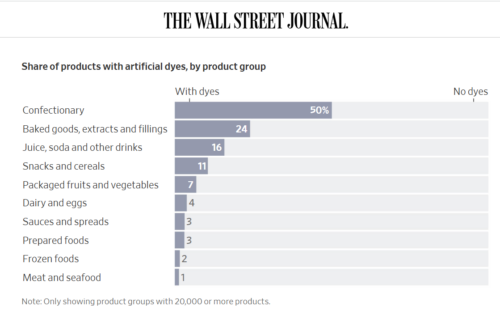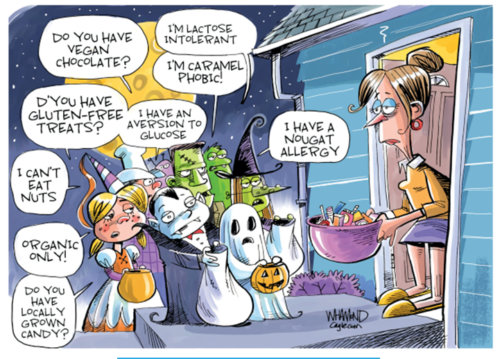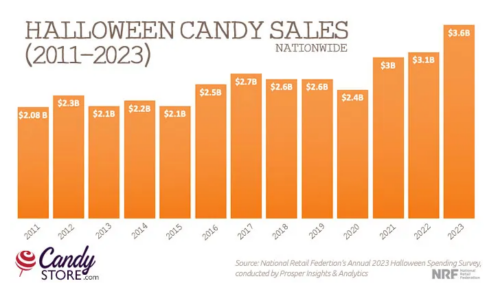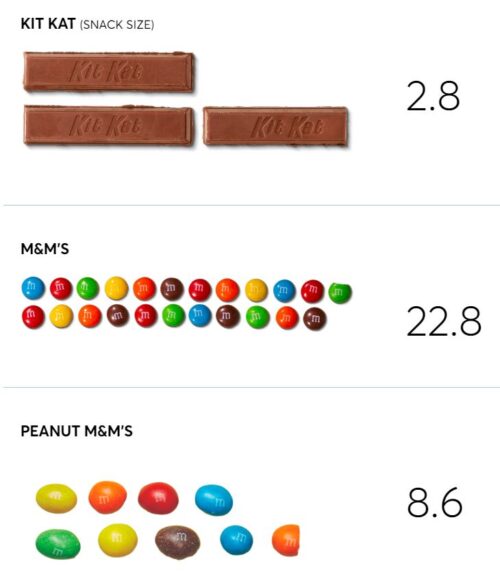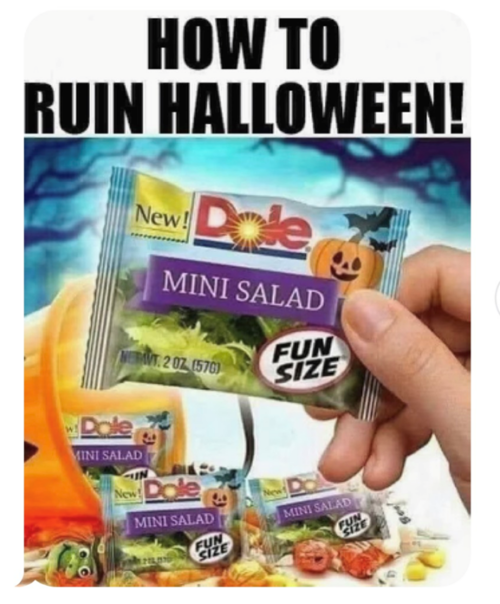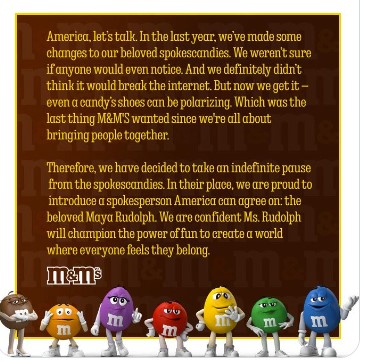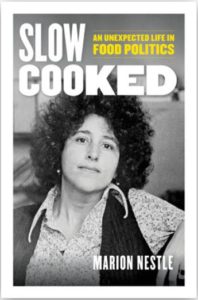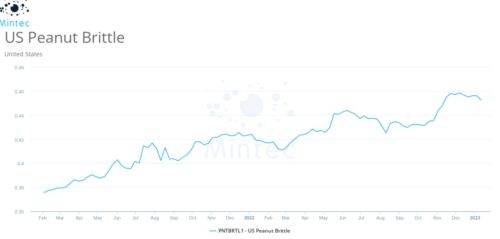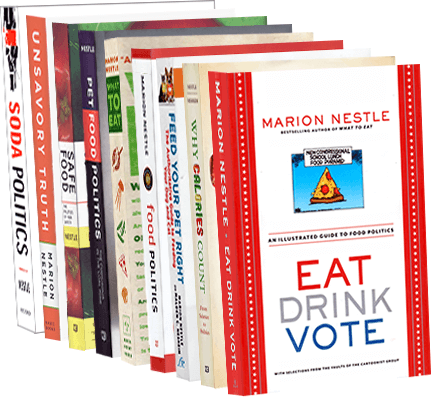What’s up with candy? And its food dyes?
I don’t say much about candy on this site, mainly because it’s best consumed in small amounts, if at all.
Candy sellers, however, have a very different view. Their job is to sell candy, and the more the better (never mind consequences).
I’m always interested to see what they say and do to increase sales, especially when they try to make candy seem healthier (oops).
- What ‘unlikely’ social factors are shaping the candy market? Surprising reasons like cultural changes and social shifts are transforming confectionery consumption habits. Here’s what you need to know… Read more [Would you believe fewer marriages and an older population?]
- Freeze-dried sweets boosted by TikTok as new confectionery craze: Bursting onto our shelves and socials with eclectic flavours and novel textures, freeze-dried candies are set to be the coolest confectionery trend of 2024…. Read more
- How gifting brings together top confectionery trends: Sweet-treat gift-giving creates engagement and brand loyalty, so it’s no wonder many global brands are tapping into the purchasing driver…. Read more
- Has the world’s first ‘super candy’ arrived? Protein candy aims to revolutionize confectionery with high-protein treats… Read more [Oh great; candy as a superfood]
- Scientists develop better-for-you chocolate, and it’s better for the planet: Healthier and more sustainable chocolate? While it sounds almost too good to be true, that’s exactly what scientists have created in Switzerland…. Read more [Anything to get you to eat more chocolate and not feel guilty]
- The race to replace red no 3: Is your brand ready?Colour manufacturers advise confectioners on top considerations when replacing soon-to-be-banned synthetic food dye… Read more [This will be a big issue, given RFK Jr’s concerns about artificial food dyes]
- Governor Patrick Morrisey Signs Food Dye Legislation Into Law: Charleston, W.Va. – Today, Governor Patrick Morrisey signed House Bill 2354 into law, which prohibits certain harmful food dyes in school lunches and unhealthy food items for sale in West Virginia. [The dyes are red 3 and 40, yellow 5 and 6, blue 1 and 2, and green 3].
- How Prevalent Are Dyes in Foods? We Crunched the Numbers. RFK Jr. and consumer advocates want to rid Americans’ diets of artificial colors; switching to natural alternatives can be costly. [Candy will get hit hardest]
